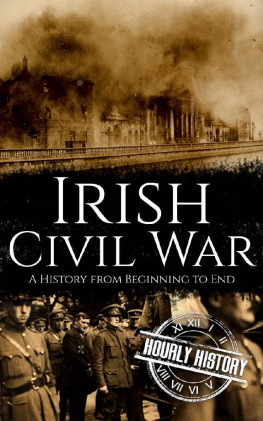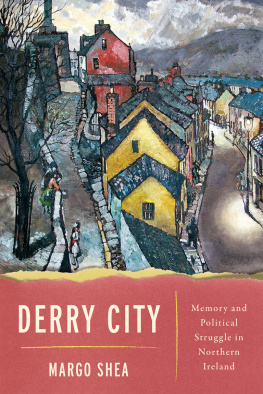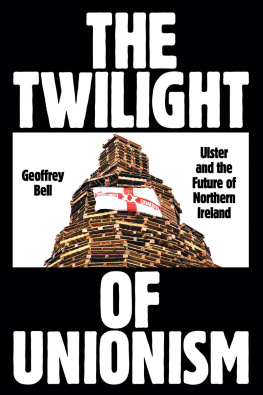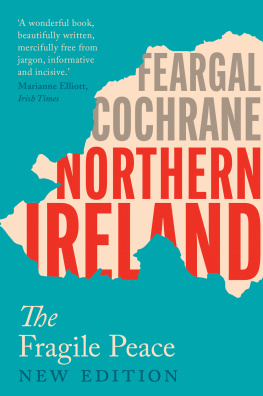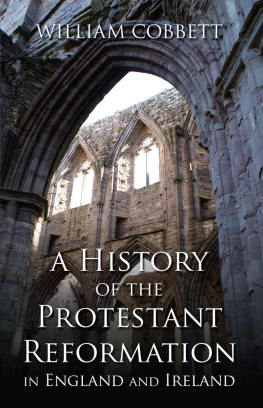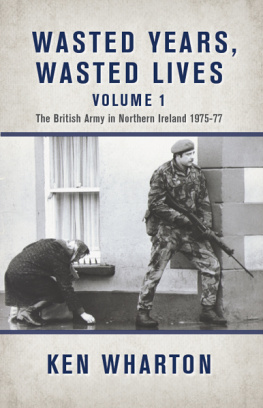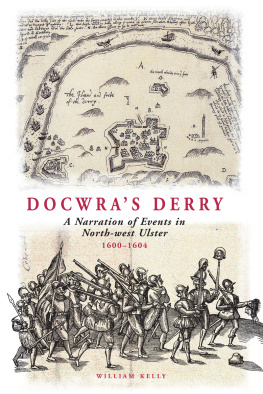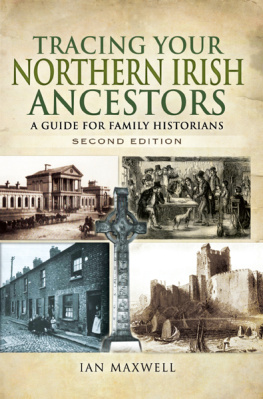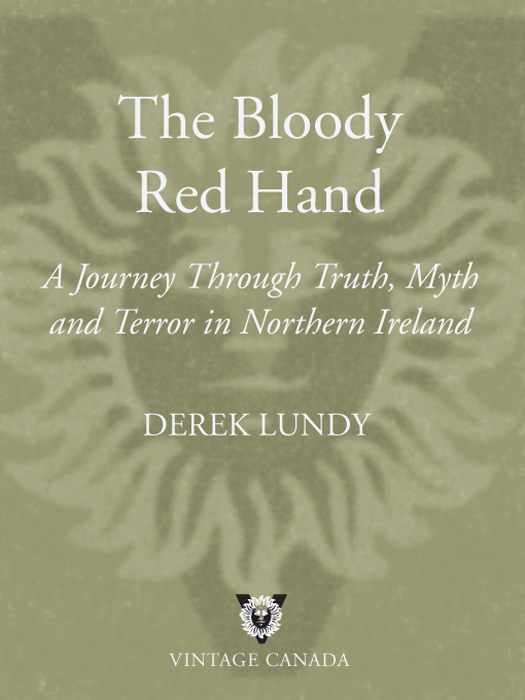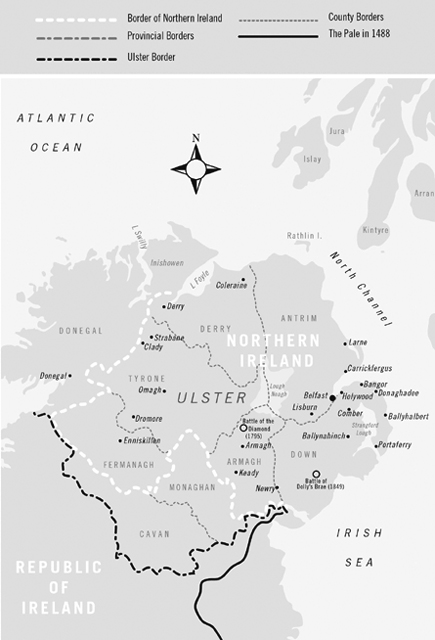Derek Lundy - The Bloody Red Hand: A Journey Through Truth, Myth and Terror in Northern Ireland
Here you can read online Derek Lundy - The Bloody Red Hand: A Journey Through Truth, Myth and Terror in Northern Ireland full text of the book (entire story) in english for free. Download pdf and epub, get meaning, cover and reviews about this ebook. year: 2011, publisher: Knopf Canada, genre: Detective and thriller. Description of the work, (preface) as well as reviews are available. Best literature library LitArk.com created for fans of good reading and offers a wide selection of genres:
Romance novel
Science fiction
Adventure
Detective
Science
History
Home and family
Prose
Art
Politics
Computer
Non-fiction
Religion
Business
Children
Humor
Choose a favorite category and find really read worthwhile books. Enjoy immersion in the world of imagination, feel the emotions of the characters or learn something new for yourself, make an fascinating discovery.

- Book:The Bloody Red Hand: A Journey Through Truth, Myth and Terror in Northern Ireland
- Author:
- Publisher:Knopf Canada
- Genre:
- Year:2011
- Rating:4 / 5
- Favourites:Add to favourites
- Your mark:
The Bloody Red Hand: A Journey Through Truth, Myth and Terror in Northern Ireland: summary, description and annotation
We offer to read an annotation, description, summary or preface (depends on what the author of the book "The Bloody Red Hand: A Journey Through Truth, Myth and Terror in Northern Ireland" wrote himself). If you haven't found the necessary information about the book — write in the comments, we will try to find it.
The name Lundy is synonymous with traitor in Ulster. Derek Lundys first ancestral subject was the Protestant governor of Derry in 1688, just before it came under siege by the Catholic Irish army of James II. For reasons that remain ambiguous, Robert ordered the gates of the city opened in surrender. Protestant hard-liners staged a coup de ville and drove him away in disgrace, a traitor to the cause. But Robert is more memorable for his peace-seeking moderation than for the treachery the standard history attributes to him. William Steel Dicksons legacy is a little different: a Presbyterian minister born in the late 18th century, he preached with famous eloquence in favour of using whatever means necessary to resist the tyranny of the English, including joining forces with the Catholics in armed rebellion. Finally, there is Billy Lundy, born in 1890, the antithesis of the ecumenical William, and the embodiment of what the Ulster Protestants had become by the beginning of World War I a tribe united in their hostility to Catholics and to the project of an independent Ireland.
The lives of Robert Lundy, William Steel Dickson and Billy Lundy encapsulate many themes in the Ulster past. In telling their stories, Derek Lundy lays bare the harsh and murderous mythologies of Northern Ireland and gives us a revision of its history that seems particularly relevant in todays world.
Excerpt from The Bloody Red Hand:
The other thing I remember is the look the young man gave me, after he had taken the cash, put his pistol away and was standing with his hands in his jacket pockets. It wasnt the expression of someone who was thinking of shooting me too; I never had that feeling. But the way he looked at me was so familiar wary and calculating. Many people in Belfast had stared in the same way since Id arrived for a visit. For a long time, I couldnt understand what it meant. Eventually, I knew. They were trying to decide what foot I kicked with what religion I was. There were supposed ways to tell, subtle indicators. Was I someone they should fear? Or was I one of them? That was what the armed robber was doing, too. He had just shot a man who knew him by his first name. But he was looking at me, the stranger, and trying to figure out whether I was a Prod or a Taig.
Derek Lundy: author's other books
Who wrote The Bloody Red Hand: A Journey Through Truth, Myth and Terror in Northern Ireland? Find out the surname, the name of the author of the book and a list of all author's works by series.

